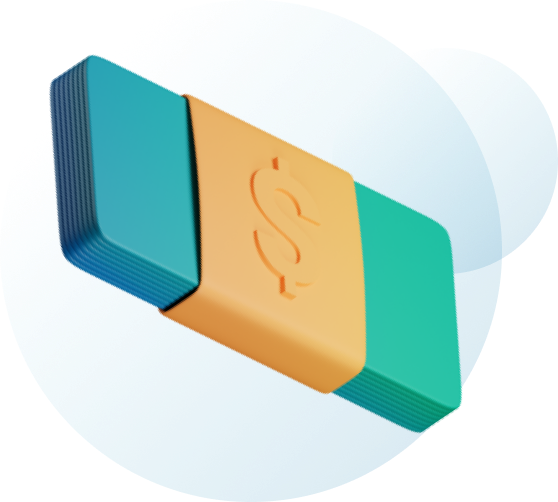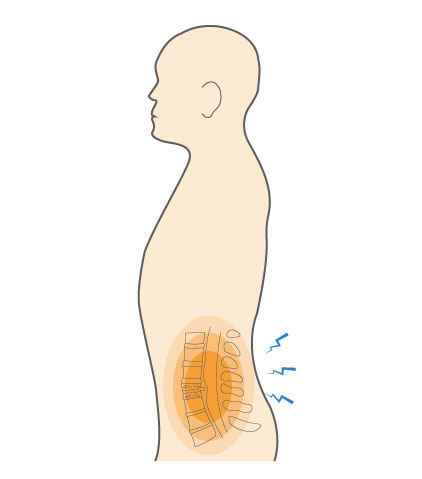Spinal discs can be found between each vertebra (the bones that make up the spine). These discs help hold the vertebrae together, and provide protection during movements that can place stress on the spine, like running and lifting. Degeneration is a normal part of aging, and isn’t usually associated with pain – but if the individual experiences pain or other symptoms associated with degeneration, they may be diagnosed with degenerative disc disease.
A diagnosis of degenerative disc disease may be made after one or more different injuries to the spinal disc, including:
- Bulge
- Hernia
- Crack
- Thinning



